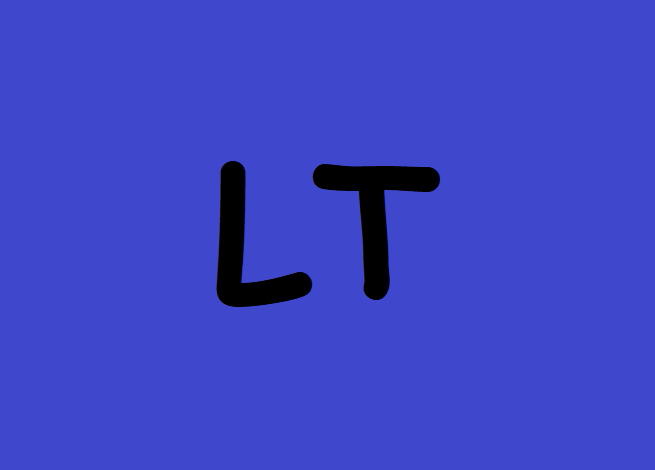1. Chemical Engineering - II
2. Principles of Organic Tannage
3. Practices of Leather Manufacturing - I
4.Leather Product Technology- I
5. Principles of Post Tanning Operation
6. Economics (Humanities )
7. Innovation / IPR / Entrepreneurship / Internship

Leather Technology
Fifth Semester
Basic Concepts, Conduction ( 8 Hrs )
Modes of heat transfer, conduction, convection and radiation, analogy between heat flow and electrical flow. Conduction: One dimensional steady state heat conduction, the Fourier heat conduction equation, conduction through plane wall, conduction through cylindrical wall, spherical wall, variable thermal conductivity, conduction through composite slab, cylinder and sphere, thermal contact resistance, critical radius of insulation, Extended surfaces: heat transfer from a fin, fin effectiveness and efficiency, Introduction to unsteady state heat conduction.
Convection ( 10 Hr)
The convective heat transfer coefficient, thermal boundary layers for the cases of flow of fluid over a flat plate and flow through pipe, dimensionless numbers in heat transfer and their significance, dimensional analysis, application of dimensional analysis to forced convection and natural convection. Forced Convection: Correlation equations for heat transfer in laminar and turbulent flows in a Circular tube and duct, heat transfer to liquid metals and heat transfer to tubes in cross flow. Natural Convection: Natural convection from vertical and horizontal surfaces, Grash of and Rayleigh numbers.
Heat transfer by radiation (8 Hr )
Basic Concepts of radiation from surface: black body radiation, Planks law, Wien’s displacement law, Stefan Boltzmann’s law, Kirchhoff’s law, grey body, Radiation intensity of black body, View factor, emissivity, radiation between black surfaces and grey surfaces. Solar radiations.
Boiling and Condensation ( 8 hrs )
Pool boiling, pool boiling curve for water, maximum and minimum heat fluxes, correlations for nucleate and film pool boiling, drop wise and film wise condensation, Nusselt analysis for laminar film wise condensation on a vertical plate, film wise condensation on a horizontal tube. Evaporation: Types of evaporators, boiling point elevation and Duhring’s rule, material and energy balances for single effect evaporator, multiple effect evaporators: forward, mixed and backward feeds, capacity and economy of evaporators.
Heat Exchangers( 10 Lectures )
Types of heat exchangers, Principal Components of a Concentric tube & Shell-and Tube Heat Exchanger, Baffles, Tubes and Tube Distribution, Tubes to Tube sheets Joint, Heat Exchangers with Multiple Shell & tube Passes, Fixed-Tube sheet and Removable-Bundle Heat Exchangers, log-mean temperature difference, overall heat transfer coefficient, fouling factors .
Suggested books
1. “Heat transfer principles and applications” Dutta, B.K., PHI
2. “Heat Transfer” Holman J.P., 9th Ed., McGraw Hill.
3. “Chemical Engineering: Vol-1”, Coulson, J. M. & Richardson, J. F., 6 th ed. Butterworth-
Heinemann
4. “Process Heat Transfer”, Kern, D. Q McGraw Hill Book.